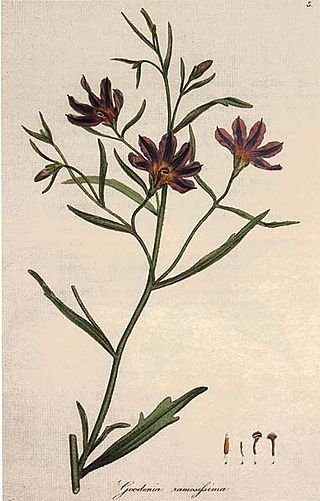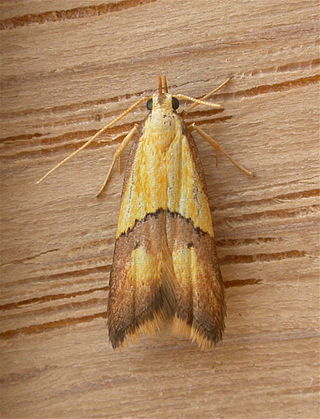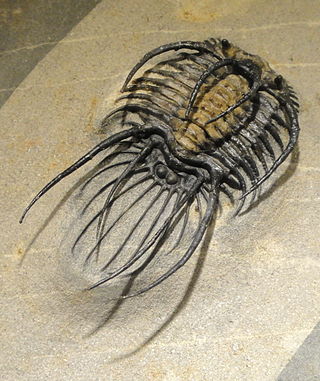
Trenton is the capital city of the U.S. state of New Jersey and the seat of Mercer County. It was the capital of the United States from November 1 until December 24, 1784. Trenton and Princeton are the two principal cities of the Trenton–Princeton metropolitan statistical area, which encompasses those cities and all of Mercer County for statistical purposes and constitutes part of the New York combined statistical area by the U.S. Census Bureau. However, Trenton directly borders the Philadelphia metropolitan area to its west, and the city was part of the Philadelphia combined statistical area from 1990 until 2000.

Trenton is a town in Oneida County, New York, United States. The population was 4,498 at the 2010 census.

Morrisville is a borough in Bucks County, Pennsylvania, United States. It is located just below the falls of the Delaware River opposite Trenton, New Jersey. The population was 9,809 in the 2020 Census.

Plovers are a widely distributed group of wading birds belonging to the subfamily Charadriinae.
Chondrostei is a group of non-neopterygian ray-finned fish. While the term originally referred to the paraphyletic grouping of all non-neopterygian ray-finned fish, it was redefined by Patterson in 1982 to be a clade comprising the Acipenseriformes and their extinct relatives.

The Passifloraceae are a family of flowering plants, containing about 750 species classified in around 27 genera.

Trenton Transit Center is the main passenger train station in Trenton, New Jersey. It is the southernmost stop in New Jersey on the Northeast Corridor. It is the terminus for NJ Transit trains to and from New York City and SEPTA Trenton Line Regional Rail trains to and from Philadelphia, Pennsylvania, and an intermediate station for Amtrak trains traveling between the two cities along the Northeast Corridor.
Caridae is a small Gondwanan family of weevils. They are considered part of the primitive weevil group, because they have straight rather than geniculate (elbowed) antennae. The insertion of the antennae on the rostrum cannot be seen from above. Caridae also lack spiracles on abdominal tergites 6 and 7. The prothorax lacks lateral carinae. It has been suggested that the fossil weevil Eccoptarthrus belongs in this family, which would result in a change in the family name ; this proposal has been rejected by most coleopterists (e.g.)

Ogilby's duiker is a small antelope found in Sierra Leone, Liberia, Ghana, southeastern Nigeria, Bioko Island and possibly Gabon. No subspecies are recognized. It is named after Irish zoologist William Ogilby.

Flagellaria is the sole genus in the flowering plant family Flagellariaceae with only five species. The family has historically been recognized by few taxonomists. The APG II system, of 2003, does recognize such a family, and assigns it to the order Poales in the clade commelinids, in the monocots.

West Trenton station is the northern terminus of SEPTA's West Trenton Line. It is located at Grand & Railroad Avenues in the West Trenton section of Ewing Township, New Jersey, however this address only applies to the southbound station house on the west side of the tracks. The northbound station house is on the east side of the tracks and is located on Sullivan Way, which changes into Grand Avenue once it crosses under the tracks. SEPTA's official website gives the address as being in Trenton. The station has off-street parking, and is located in Fare Zone NJ. In FY 2013, West Trenton station had a weekday average of 292 boardings and 361 alightings.

Lycaena is a genus of butterflies. The genus range is Holarctic, with the exception of four species found in New Zealand, two in South Africa, one in New Guinea and one in Java. It is commonly divided into several subgenera, such as Antipodolycaena. Many formerly independent genera are now subsumed within Lycaena; the genus Gaiedes may also belong here. Many of the subgenera, species groups and species listed here may be synonyms.

The family Scraptiidae is a small group of tenebrionoid beetles sometimes called false flower beetles. There are about 400 species in 30 genera with a world-wide distribution. The adults are found on flowers, sometimes in large numbers, but are also found on foliage. The larvae are typically found under the bark of dead trees. The oldest fossils of the group date to the Eocene.

Goodeniaceae is a family of flowering plants in the order Asterales. It contains about 404 species in twelve genera. The family is distributed mostly in Australia, except for the genus Scaevola, which is pantropical. Its species are found across most of Australia, being especially common in arid and semi-arid climates.

The Lecithoceridae, or long-horned moths, are a family of small moths described by Simon Le Marchand in 1947. Although lecithocerids are found throughout the world, the great majority are found in the Indomalayan realm and the southern part of the Palaearctic realm.

The Eumaeini are a tribe of gossamer-winged butterflies. They are typically placed in the subfamily Theclinae, but sometimes considered a separate subfamily Eumaeinae. Over 1,000 species are found in the Neotropical realm
The New Jersey Register of Historic Places is the official list of historic resources of local, state, and national interest in the U.S. state of New Jersey. The program is administered by the New Jersey's state historic preservation office within the New Jersey Department of Environmental Protection.
The Walcott–Rust quarry, in Herkimer County, New York, is an excellent example of an obrution Lagerstätte. Unique preservation of trilobite appendages resulted from early consolidation (cementation) of the surrounding rock, followed by spar filling of the interior cavity within the appendages. The presence of so many well preserved trilobites in one location alone qualifies the beds as an exceptional trilobite site, but the beds are further distinguished as the source of the first trilobites for which appendages were definitively described.

Odontopleuridae is a family of odontopleurid trilobites found in marine strata throughout the world. Odontopleurids of Odontopleuridae first appear in Late Cambrian-aged marine strata, and the last genera perish by the end of the Frasnian stage during the Late Devonian. The members of Odontopleuridae are famous for their spinose appearance, having long, often numerous spines along the edges of their exoskeletons, and derived from ends of segments or tubercle ornaments.
Protohertzina is a genus of conodonts or, possibly, Chaetognaths, found at the beginning of the Cambrian explosion.














